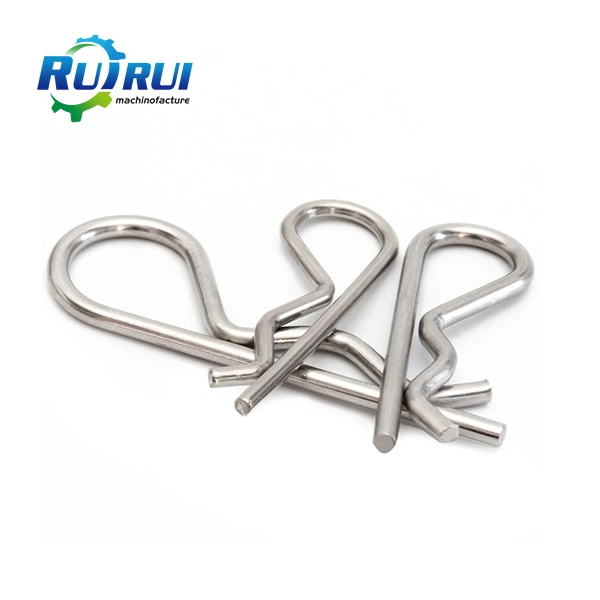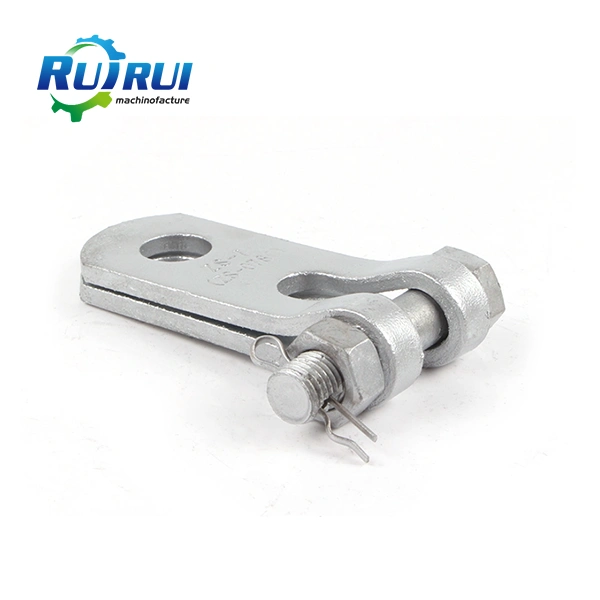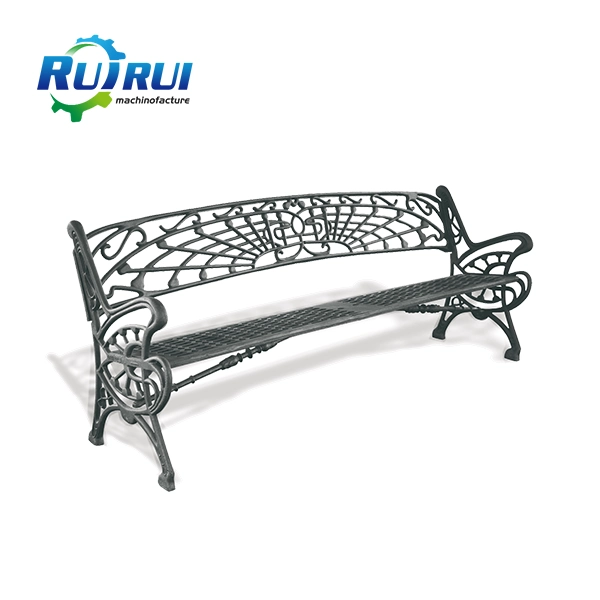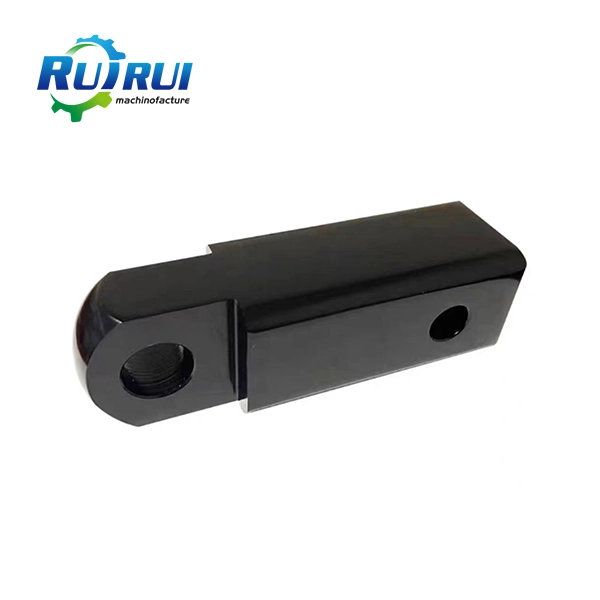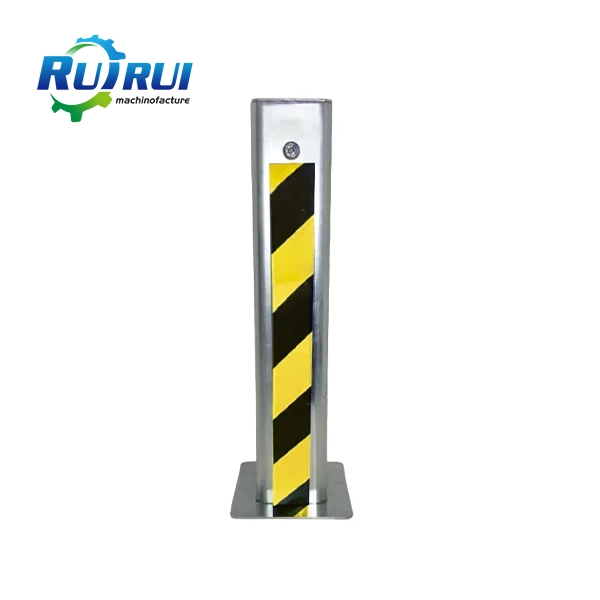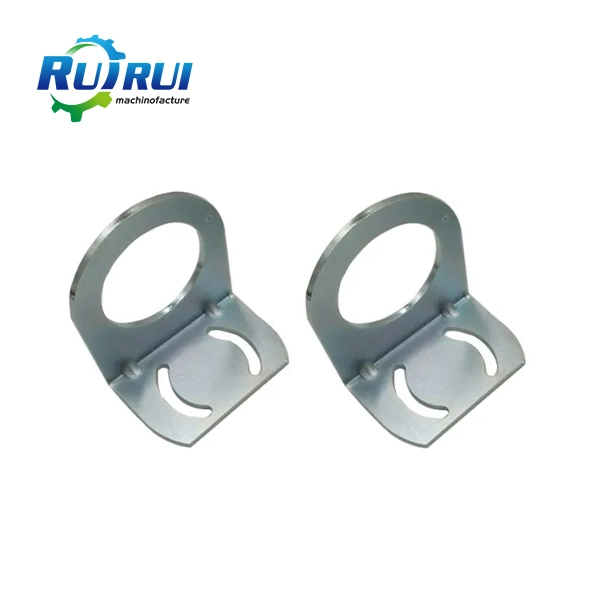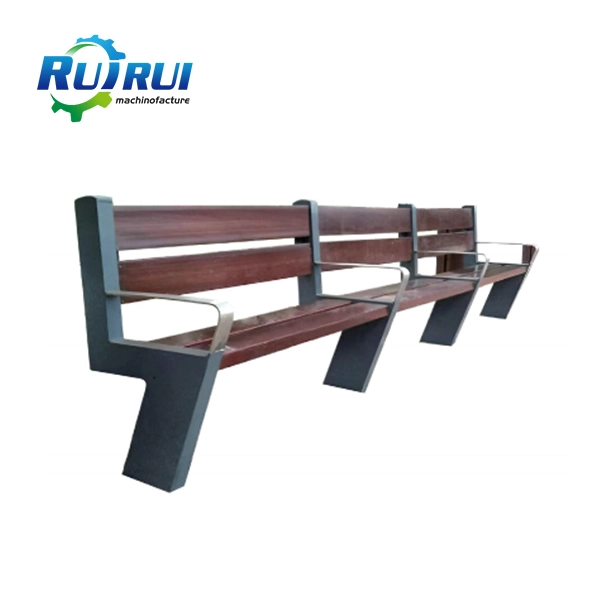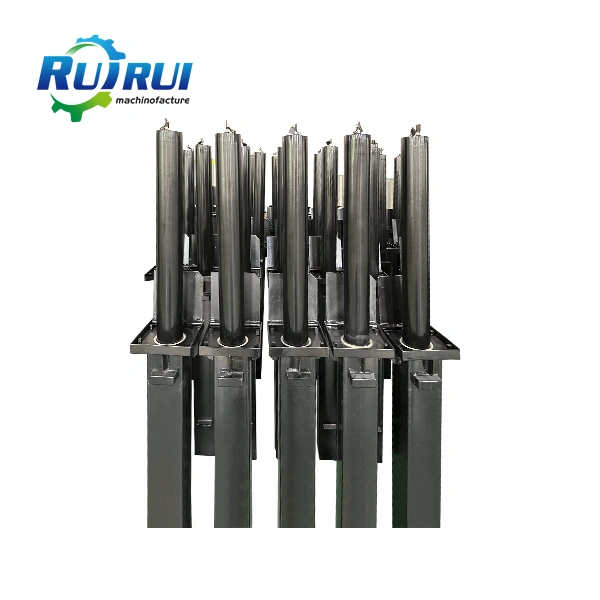What materials are link plates made from?
2024-09-27 10:25:36
Link plates are crucial components in various industrial and construction applications, serving as connectors between different structural elements. These versatile pieces play a significant role in ensuring the stability and integrity of complex systems. Understanding the materials used in it manufacturing is essential for engineers, contractors, and urban furniture manufacturers alike. This blog post delves into the various materials employed in it production, exploring their properties, advantages, and specific applications. By examining the diverse range of materials available, we aim to provide valuable insights that will help professionals make informed decisions when selecting it for their projects.
Common Materials Used in Link Plate Manufacturing
Steel: The Reliable Workhorse
Steel is one of the most prevalent materials used in it fabrication. Its combination of strength, durability, and cost-effectiveness makes it an ideal choice for numerous applications. It made from steel offer exceptional load-bearing capacity and resistance to wear and tear. Manufacturers often employ various steel grades, including carbon steel, alloy steel, and stainless steel, to cater to different environmental conditions and performance requirements.
Carbon steel link plates are widely used in general-purpose applications due to their affordability and decent strength-to-weight ratio. These link plates are suitable for indoor environments or situations where corrosion resistance is not a primary concern. Alloy steel link plates, on the other hand, incorporate additional elements such as chromium, nickel, or molybdenum to enhance specific properties like strength, toughness, or heat resistance. These link plates are often employed in high-stress applications or environments with extreme temperatures.
Stainless steel link plates are prized for their excellent corrosion resistance, making them ideal for outdoor use or in corrosive environments. The addition of chromium creates a protective oxide layer on the surface, preventing rust and extending the link plate's lifespan. Stainless steel link plates are commonly used in marine applications, food processing equipment, and architectural structures where aesthetics and longevity are paramount.
Aluminum: Lightweight Champion
Aluminum it have gained popularity in recent years due to their exceptional strength-to-weight ratio. These lightweight components offer significant advantages in applications where minimizing overall weight is crucial. Aluminum link plates are particularly favored in the aerospace, automotive, and portable equipment industries.
The use of aluminum alloys allows manufacturers to tailor the properties of it to meet specific requirements. For instance, some alloys provide enhanced corrosion resistance, while others offer improved machinability or weldability. Aluminum it also exhibit good thermal conductivity, making them suitable for applications involving heat dissipation.
One notable advantage of aluminum link plates is their natural corrosion resistance. The formation of a thin oxide layer on the surface protects the underlying metal from further oxidation, eliminating the need for additional protective coatings in many cases. This characteristic makes aluminum link plates an excellent choice for outdoor urban furniture and architectural applications.
Titanium: High-Performance Solution
Titanium link plates represent the pinnacle of performance in demanding applications. While more expensive than steel or aluminum alternatives, titanium offers an unparalleled combination of strength, lightweight properties, and corrosion resistance. These attributes make titanium it highly sought after in aerospace, medical, and high-end industrial applications.
The exceptional strength-to-weight ratio of titanium allows for the design of it that can withstand extreme loads while maintaining minimal weight. This characteristic is particularly valuable in aircraft construction, where every gram saved translates to improved fuel efficiency and performance. Titanium link plates also exhibit excellent fatigue resistance, ensuring long-term reliability in cyclic loading conditions.
In medical applications, titanium link plates are prized for their biocompatibility and resistance to bodily fluids. These properties make them ideal for use in orthopedic implants and surgical instruments. The corrosion resistance of titanium it also extends to harsh chemical environments, making them suitable for use in chemical processing plants and offshore oil rigs.
Specialized Materials for Unique Applications
Composite Materials: Innovative Solutions
As technology advances, composite materials are increasingly being used in it manufacturing. These engineered materials combine two or more constituent materials with significantly different physical or chemical properties to create a new material with unique characteristics. Composite link plates offer the potential for tailored properties, such as high strength, low weight, and excellent fatigue resistance.
Fiber-reinforced polymers (FRP) are among the most common composite materials used in it production. These composites typically consist of high-strength fibers, such as carbon, glass, or aramid, embedded in a polymer matrix. FRP link plates offer exceptional strength-to-weight ratios, corrosion resistance, and design flexibility. They are particularly useful in applications where weight reduction is critical, such as in aerospace and automotive industries.
Another emerging composite material for it manufacturing is metal matrix composites (MMCs). These materials combine metal alloys with reinforcing particles or fibers to enhance specific properties. For example, aluminum matrix composites reinforced with ceramic particles can offer improved wear resistance and stiffness compared to conventional aluminum alloys. MMC link plates find applications in high-performance automotive and aerospace components.
Engineered Plastics: Lightweight and Versatile
In certain applications, engineered plastics offer a viable alternative to metal link plates. These high-performance polymers provide unique combinations of properties, including lightweight, corrosion resistance, and electrical insulation. Plastic link plates are often used in non-structural applications or situations where metal components would be unsuitable due to weight constraints or chemical incompatibility.
Polyamides (nylon) are widely used in it manufacturing due to their excellent mechanical properties, low friction, and good wear resistance. Nylon link plates are commonly found in automotive applications, such as in engine compartments or suspension systems. They offer weight savings compared to metal alternatives while maintaining adequate strength and durability.
Polyetheretherketone (PEEK) is another high-performance plastic used in it production. PEEK offers exceptional mechanical properties, high-temperature resistance, and chemical inertness. It made from PEEK are often employed in demanding applications within the aerospace, automotive, and industrial sectors. Their ability to withstand extreme temperatures and harsh chemical environments makes them ideal for use in pumps, valves, and other critical components.
Exotic Alloys: Pushing the Boundaries
In specialized applications where standard materials fall short, manufacturers turn to exotic alloys for it production. These advanced metallic materials offer unique combinations of properties that cater to extreme operating conditions or specific performance requirements. While typically more expensive than conventional materials, exotic alloy it provide unparalleled performance in niche applications.
Nickel-based superalloys, such as Inconel and Hastelloy, are renowned for their exceptional high-temperature strength and corrosion resistance. It made from these materials are commonly used in gas turbines, jet engines, and chemical processing equipment. Their ability to maintain mechanical properties at elevated temperatures makes them indispensable in applications where standard alloys would fail.
Shape memory alloys (SMAs) represent another class of exotic materials used in link plate manufacturing. These unique alloys can remember their original shape and return to it when heated above a specific temperature. Nitinol, a nickel-titanium alloy, is the most widely used SMA for it. These components find applications in aerospace, medical devices, and robotics, where their shape-changing properties can be leveraged for actuators or self-adjusting mechanisms.
Factors Influencing Material Selection for Link Plates
Environmental Considerations
The choice of material for it is heavily influenced by the environment in which they will operate. Factors such as temperature, humidity, exposure to chemicals, and UV radiation play crucial roles in determining the most suitable material. For instance, it used in coastal areas or marine applications require excellent corrosion resistance, making stainless steel or specialized alloys preferable choices.
In applications where link plates are exposed to extreme temperatures, materials with high thermal stability are essential. This could involve the use of high-temperature alloys for hot environments or specialized plastics for cryogenic applications. Additionally, considerations such as fire resistance or electrical conductivity may dictate the selection of specific materials in certain industries.
The presence of aggressive chemicals or abrasive substances in the operating environment can significantly impact the longevity of it. In such cases, materials with superior chemical resistance, such as certain grades of stainless steel or engineered plastics, may be necessary to ensure long-term reliability and performance.
Load-bearing Requirements
The mechanical properties of it materials are paramount in applications where high loads or stress concentrations are present. Engineers must carefully consider factors such as tensile strength, yield strength, and fatigue resistance when selecting materials for load-bearing it. Steel and titanium alloys are often preferred in high-stress applications due to their excellent mechanical properties.
In dynamic loading scenarios, materials with good impact resistance and energy absorption capabilities are crucial. This may involve the use of tough alloys or composite materials designed to withstand repeated impacts without failure. The fatigue behavior of materials is also a critical consideration in applications where link plates are subjected to cyclic loading, such as in automotive suspensions or industrial machinery.
For applications requiring high stiffness and minimal deflection, materials with high elastic moduli are preferred. This could involve the use of high-strength steels or composite materials with tailored fiber orientations to maximize stiffness in specific directions. Conversely, in applications where flexibility is desired, engineers may opt for materials with lower elastic moduli or utilize specialized geometries to achieve the required compliance.
Cost and Manufacturing Considerations
While performance is crucial, the cost of materials and manufacturing processes plays a significant role in it material selection. Engineers must balance the desired properties with budget constraints and production feasibility. Steel link plates often offer an excellent compromise between performance and cost, making them a popular choice in many industries.
The ease of manufacturing and processing is another important factor in material selection. Some materials may offer superior properties but require specialized equipment or expertise for fabrication, increasing overall costs. For instance, titanium it provide exceptional performance but are more challenging and expensive to machine compared to steel alternatives.
In high-volume production scenarios, materials that lend themselves to efficient manufacturing processes are favored. This could involve the use of materials suitable for casting, stamping, or injection molding, depending on the specific application and production requirements. Additionally, the availability of raw materials and supply chain considerations can influence the choice of it materials, particularly in industries sensitive to material shortages or price fluctuations.
Conclusion
The diverse range of materials available for it manufacturing offers engineers and designers a wealth of options to meet specific application requirements. From traditional steel and aluminum to advanced composites and exotic alloys, each material brings unique properties and advantages. By carefully considering factors such as environmental conditions, load-bearing requirements, and cost constraints, professionals can select the optimal material for their link plate applications, ensuring optimal performance and longevity. If you want to get more information about this product, you can contact us at info@qdkshd.com.
references
1. "Materials Science and Engineering: An Introduction" by William D. Callister Jr. and David G. Rethwisch
2. "Engineering Materials: Properties and Selection" by Kenneth G. Budinski and Michael K. Budinski
3. "Handbook of Materials Selection" edited by Myer Kutz
4. "Mechanical Behavior of Materials" by Norman E. Dowling
5. "Materials Selection in Mechanical Design" by Michael F. Ashby
6. "Fundamentals of Materials Science and Engineering: An Integrated Approach" by William D. Callister Jr. and David G. Rethwisch
Send Inquiry
Related Industry Knowledge
- What Are the Different Types of Bollards?
- What Are U Bolts Used For?
- What is a Mounting Bracket?
- What are the dimensions and specifications of standard link plates?
- What is the difference between link plates and other types of connectors?
- How do link plates contribute to structural integrity?
- How do you install a link plate?
- What materials are used for street furniture?
- What materials are link plates made from?
- What are the different types of bollards?
